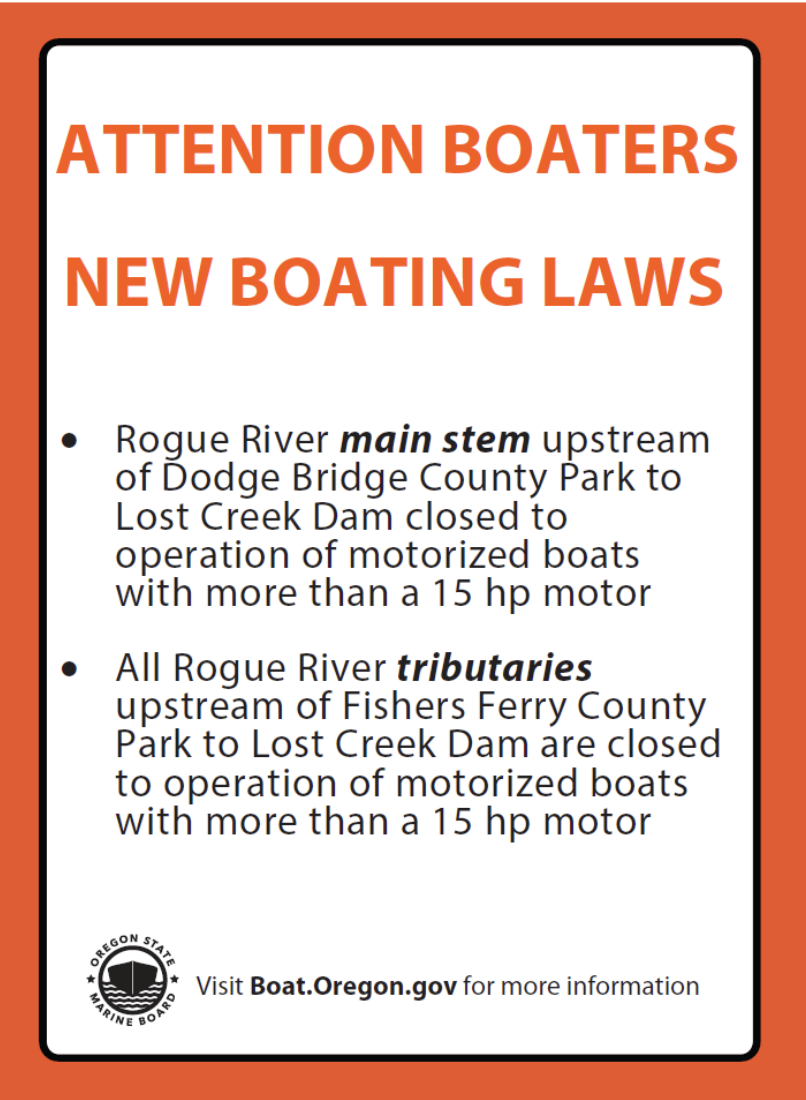Finding the definitive cry me a river sheet music julie london arrangement is a quest for any musician wanting to capture the essence of one of history’s most iconic torch songs. This isn’t just about finding notes on a page; it’s about unlocking a piece of music history, a masterclass in mood, and a timeless narrative of heartbreak. The song, penned by Arthur Hamilton, was immortalized by Julie London’s sultry, smoky performance, turning it into a quintessential jazz standard. For pianists, vocalists, and arrangers, her version is the benchmark, and having the correct piano arrangement is crucial to doing it justice.
This guide will navigate you through the history of this masterpiece, delve into the specifics of Julie London’s rendition, and show you exactly where to find the sheet music that captures its unique magic. We will explore the song’s musical structure and provide practical tips for bringing your own soulful interpretation to this unforgettable classic.

The Story Behind a Timeless Torch Song
Before it was a global standard, “Cry Me a River” was a song with a fascinating and almost-missed backstory. It was originally written by Arthur Hamilton for the legendary Ella Fitzgerald to sing in the 1955 film, Pete Kelly’s Blues. However, the film’s producers requested changes to the lyrics, which Hamilton refused to make, and the song was ultimately dropped from the movie. It seemed destined for obscurity.
This twist of fate turned out to be a blessing in disguise. The song eventually found its way to Julie London, a singer and actress with a captivating, understated vocal style. Her then-husband, jazz guitarist Barney Kessel, suggested a sparse, intimate arrangement. This minimalist approach, featuring just Kessel’s guitar and Ray Leatherwood’s bass, allowed London’s voice to smolder and command the listener’s full attention, creating a mood of raw, sophisticated melancholy that defined the track.

Why Julie London’s Version Became the Gold Standard
What is it about Julie London’s 1955 recording that makes it the definitive version for so many? It is a perfect storm of vocal delivery, minimalist arrangement, and emotional authenticity. London doesn’t over-sing or resort to vocal acrobatics. Instead, she delivers the scathing lyrics with a cool, almost detached bitterness that makes the emotional weight even heavier. Her performance is the sound of someone who is past the point of tears and has moved on to icy resentment.
This emotional nuance is precisely what musicians seek to replicate when they look for the cry me a river sheet music julie london version. The sheet music must reflect this dynamic control and atmospheric space. It is not a song to be rushed; it is a mood to be inhabited. The tempo is slow, the phrasing is deliberate, and every note hangs in the air with significance.
According to our esteemed jazz historian, Dr. Alistair Finch, “London’s ‘Cry Me a River’ is less of a song and more of a cinematic scene. The arrangement creates a film-noir soundscape where her voice is the sole protagonist in a dimly lit room. It’s a masterclass in emotional restraint.”

Finding the Authentic Cry Me a River Sheet Music Julie London Arrangement
When searching for the sheet music, you will encounter various arrangements. The key is to find one that honors the original’s character. Look for versions labeled as “Piano/Vocal/Guitar” or “Vocal with Piano Accompaniment,” as these are most likely to provide the full chord structure and vocal melody line as performed by London.
Official published scores are often the most accurate, capturing the precise voicings and chord progressions used in the recording. While free versions are available online, they can vary in quality and accuracy. For serious performers, investing in a professionally transcribed score from a reputable publisher is well worth it. These versions often include the subtle harmonic shifts and bass lines that are integral to the song’s haunting quality.
| Arrangement Type | Best For | Key Features |
|---|---|---|
| Piano/Vocal/Guitar (PVG) | All-around performers, bands | Full piano part, vocal melody, and guitar chord frames. |
| Easy Piano | Beginners | Simplified chords and melody, often in an easier key. |
| Piano Solo | Intermediate/Advanced Pianists | A full instrumental arrangement, incorporating the melody into the piano part. |
| Vocal Lead Sheet | Vocalists, Jazz Ensembles | Contains only the melody, lyrics, and chord symbols. |
Decoding the Music: What Makes It So Haunting?
The genius of “Cry Me a River” lies in its sophisticated yet accessible musical language. The harmony is rich with jazz colorings, and the melody is both memorable and emotionally potent. Understanding these elements is key to a powerful performance.
The Sultry Melody and Key Signature
Julie London’s version is typically performed in the key of A minor, though you may find sheet music in other keys to accommodate different vocal ranges. The melody moves in a slinky, chromatic fashion, creating a sense of tension and release. It weaves through the chords with a bluesy sensibility, using “blue notes” to add a layer of soulful sorrow. When playing or singing, pay close attention to the phrasing; the way London holds certain notes and lets others fall away is central to the song’s character.
Understanding the Chord Progression
The chord progression is a beautiful example of mid-century jazz harmony. It features a descending chromatic bassline that creates a feeling of inevitable descent into sadness. The use of minor seventh, diminished, and augmented chords adds a rich, complex texture that perfectly complements the lyrical theme of betrayal and vindication. For pianists and guitarists, mastering these chord voicings is essential. Don’t just play the basic triads; explore the fuller, more colorful voicings that give the song its signature sound.
As Dr. Alistair Finch notes, “The harmonic movement in ‘Cry Me a River’ is a journey in itself. The chromatic descent in the bass feels like a slow, painful walk away from a failed relationship. It’s storytelling through harmony.”
Tips for Performing “Cry Me a River”
Once you have the sheet music, the real artistry begins. This song is all about atmosphere. For vocalists, focus on storytelling. The lyrics are a script filled with sarcasm, pain, and ultimate triumph. Don’t be afraid to use a softer, more intimate tone. The power of this song comes from quiet intensity, not volume. Think about your diction and how you can use the consonants in words like “cried” and “river” to convey emotion.
For pianists, your role is to create the world in which the vocalist lives. Think of yourself as a film composer setting a scene. Your touch should be sensitive, the dynamics carefully controlled. Pay attention to the space between the notes. Sometimes, silence is more powerful than sound. Let the harmonies breathe and create a foundation of lush, melancholic support that allows the melody to shine. Resist the urge to overplay; in this song, less is truly more.
Ultimately, whether you are a singer, a pianist, or a guitarist, the goal is to connect with the raw emotion at the heart of the music. The cry me a river sheet music julie london arrangement provides the map, but it is your interpretation that will bring the journey to life. Take your time, immerse yourself in the mood, and let the timeless story of this incredible song unfold through your performance.
Comments
Eleanor Vance
★★★★★
I finally found a proper transcription of the Barney Kessel guitar part in a PVG version. It’s so much more than just simple chords. The voicings are everything. This song is a masterclass in “less is more.” A must-have for any serious jazz musician.
Marcus Reed
★★★★☆
The piano arrangement I downloaded was spot-on. It’s a challenging piece to get the “feel” right, much more difficult than it sounds. My only critique is that the vocal line in my copy felt a bit simplified. Had to listen to Julie’s recording a dozen times to get the phrasing just right.
Sofia Chen
★★★★★
As a vocalist, this is my go-to ballad. I’ve been using the same sheet music for years. It perfectly captures the sullen, smoky vibe. The key of A minor is perfect for my alto range. It never fails to connect with the audience. Truly a timeless piece of music.
Leo Fitzpatrick
★★★★★
I bought the official sheet music after trying to work off a free version, and the difference is night and day. The chord progressions in the authorized version are so much richer and more accurate. If you really want to do justice to Julie London’s version, don’t skimp on the sheet music.
Isabelle Dubois
★★★★☆
Learning this for a lounge gig. The chord changes are beautiful but tricky to voice smoothly on the piano while singing. The sheet music helped immensely, but it’s one of those songs that requires a lot of practice to make it sound effortless and cool like Julie did. It’s a rewarding challenge.


